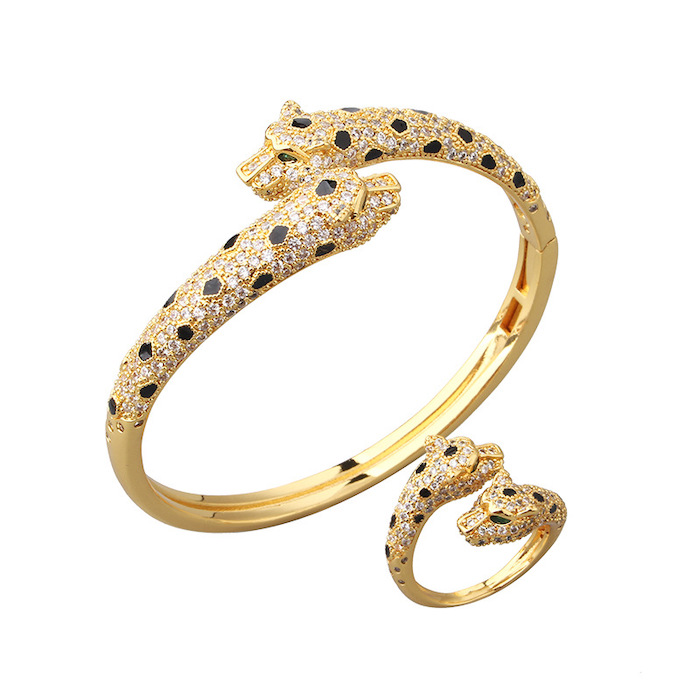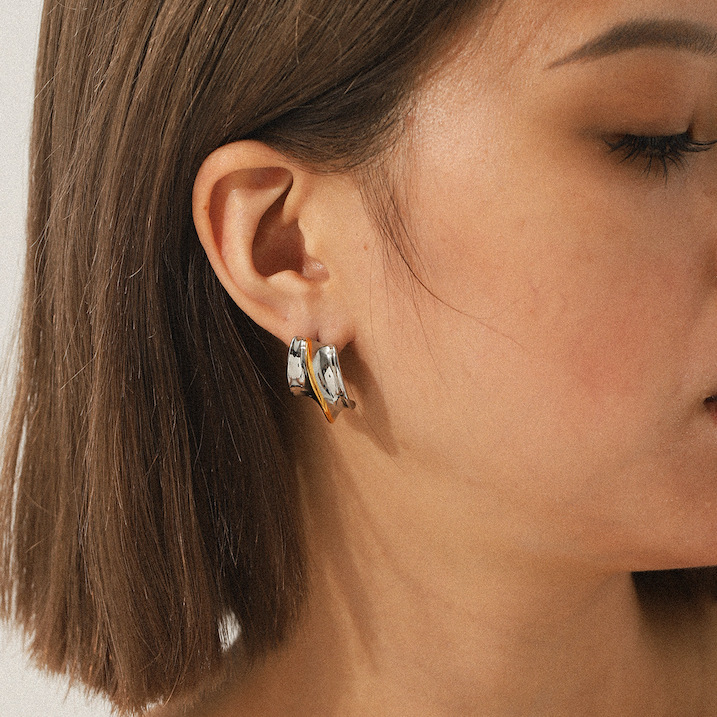Buyer’s Guide: Sourcing Trendy Jewelry from China with Confidence & Style
It is really top important to find the real new, real trendy, real unique, real good quality jewelry designs for making fashion business to be more successful and avoid over-stocking to lose money, For fashion buyers from worldwide jewelry brands, China remains an unparalleled hub for jewelry sourcing. The combination of manufacturing prowess, material variety, and competitive pricing is undeniable. However, navigating the vast landscape of Chinese suppliers to find truly trendy and high-quality pieces can be a challenge. It’s not just about finding a low price; it’s about identifying partners who understand fashion’s fleeting pulse.
This guide will walk you through the strategic steps to choose the best trendy jewelry styles from China, ensuring your collections are both fashionable and profitable.
Step 1: Decode the Trends Before You Source
A successful buyer doesn’t just follow trends; they anticipate them. Before you even contact a supplier, you must have a clear vision.
-
Look Beyond the Obvious: Don’t just search for “popular jewelry.” Dive deep into specific micro-trends. Are you seeing a rise in “Dopamine Dressing” with its bright, colorful, and playful pieces? Is “Quiet Luxury” influencing demand for minimalist, gold-plated staples? Or is “Gothic Romance” bringing back dark pearls and ornate, vintage-inspired lockets?
-
Use Digital Compasses: Leverage tools like Pinterest Predicts, TikTok trends, and WGSN forecasts. Analyze the runways from Shanghai Fashion Week to Paris to see which trends have global staying power. Your sourcing should be a direct response to this research.
Step 2: Find the Right Supplier: Partner, Not Just a Producer
The supplier you choose will make or break your trendy collection. Look for these key differentiators:
-
Speed to Market is King: For fast-fashion and trend-focused brands, a supplier’s agility is more valuable than a minuscule per-unit cost. Ask potential partners:
-
“What is your average sampling time?”
-
“What is your lead time for a 500-unit order?”
-
“Do you have an R&D team that can help develop new designs?”
-
Assess Their Trend Radar: A great supplier is also a trend-spotter. Scrutinize their catalog and social media (like their Instagram or WeChat). Do they have a “New Arrivals” section that updates frequently? Are they showcasing pieces that align with your trend research? Suppliers who attend the Canton Fair or have showrooms in hubs like Yiwu or Qingdao (for pearls) are often more attuned to global demands.
-
Specialization Matters: China’s manufacturing is highly specialized. You’ll find experts in:
-
Resin & Acrylic Jewelry: Often based in Yiwu.
-
Pearl Jewelry: The region around Qingdao is world-famous.
-
Gold & Silver Plating: Look for suppliers with strong export credentials to ensure they meet international standards for nickel-free and lead-free materials.
-
Zinc Alloy & Enamel: For more durable, statement pieces.
Step 3: The Art of the Sample: Your Most Important Quality Check
Never, ever skip the sampling process. This is your hands-on opportunity to vet both the trend and the quality.
-
Evaluate the “Trend Factor”: Does the sample look and feel like the trendy piece you envisioned? Is the color accurate? Is the size and proportion right for your target customer?
-
Interrogate the Craftsmanship:
-
Clasps & Closures: Do they work smoothly? Are they secure?
-
Plating Quality: For gold or silver pieces, ask about the thickness of the plating (measured in microns). A thicker plating (e.g., 3 microns) will last much longer than a thin one (0.5 microns), resisting tarnish.
-
Stone Setting: Are crystals or rhinestones set securely without glue residue?
-
Material Feel: Does the piece feel cheap and lightweight, or does it have a substantial, quality feel?
Step 4: Master the Sourcing Conversation: Ask the Right Questions
Your communication with the supplier should be detailed and direct. Move beyond “How much?”
-
“What is the base metal/material?” (e.g., brass, copper, zinc alloy, stainless steel).
-
“What is the plating process and thickness?” (e.g., 18k gold plating at 0.03-5 microns, 0.025-0.5 microns for rhodium platings).
-
“Are the materials nickel-free and lead-free compliant?” (Crucial for EU and US markets).
-
“Can you provide customization options?” (e.g., changing plating colors, stone colors, or pendant shapes). This is key for creating exclusive, on-trend pieces.
-
“What is your MOQ (Minimum Order Quantity)?” For trendy items, a lower MOQ allows for less risk (the MOQ for fashion jewelry made by Halife Jewelry Company is only 6pcs each design), enabling you to test the market.

Step 5: Navigate the Pitfalls: A Buyer’s Checklist
-
The “Too-Good-To-Be-True” Price: Extremely low prices almost always mean compromised quality—thin plating that tarnishes quickly, weak clasps, and poor customer service.
-
Cultural Nuances in Design: A design that is trendy in China may not resonate with Western consumers. Ensure the styles you choose are adapted for your specific market.
-
IP and Exclusivity: If you’re providing your own designs, ensure you have a solid NDA (Non-Disclosure Agreement) and clear contracts about intellectual property. For their catalog designs, ask about exclusivity terms for your region.
Totally, we need to Build a Good Relationship with the jewelry factory, Not Just a Contact List
Sourcing trendy jewelry from China is not a one-time transaction. The most successful buyers cultivate long-term relationships with a handful of reliable suppliers. These partners become an extension of your team, capable of quickly turning a trending mood board into a sellable product that arrives on time, meets quality standards, and delights your customers.By combining diligent trend research with strategic supplier vetting and rigorous quality control, you can transform the Chinese sourcing landscape from a daunting challenge into your brand’s greatest competitive advantage.
Your Next Step: Start by refining your trend forecast for the next season. Then, with this checklist in hand, begin the search for a supplier who can not only make jewelry but can help you build a trend-right collection. Happy sourcing









